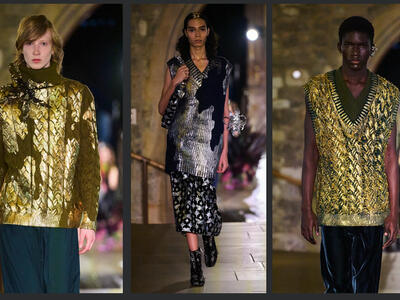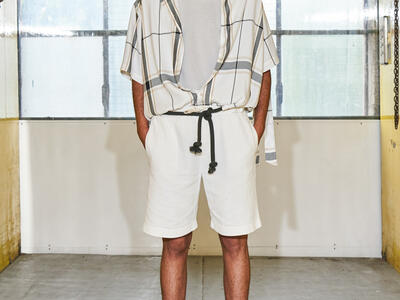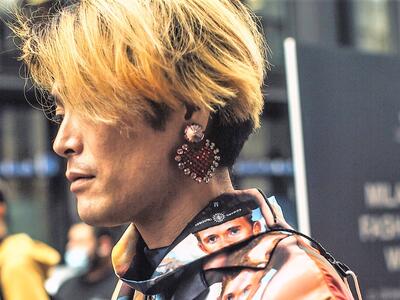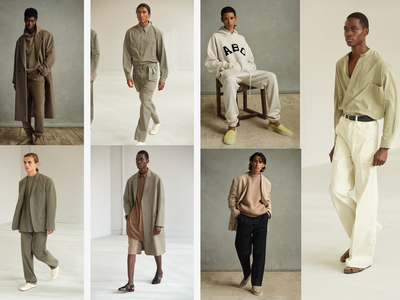Summary
With the rise of social media, mobile and cmera's are now helping retailers and customers to communicate visually, retailers and marketers started to explore new opportunities to communicate with consumers and engage them strategically for better business and two way communications with consumer and brand.
Early pre social media era it was mostly one way communication, now customer is active at facebook, twitter, Instagram, YouTube, we can call them nouveau modern customers. In U.S.A. 9 out of 10 companies are active on different social media platform, now social media is not just to communicate with targeted consumers but also to create better brand loyalty and consumer’s behavioural analysis.
Advancements in mobile camera and internet technology is now pacing up the possibility of better communication. A user on Instagram and YouTube can share anything at real time based on their likes. Like button is now helping marketers to extract possibility of success for the new products and trends.
The brands that are leading the charge today...are [informing] the consumer through their social-media work. Karen Grant
A new report by L2 found that in the second half of 2015, brands began to post more on Instagram than they did on Facebook, year over year. One obvious reason was that changes in Facebook’s algorithm have made it less likely that their posts would be seen. But another was also that certain brands, especially those targeting teens, found that the more they posted, the more people interacted with them.
According to L2, which looked at 155 brands with more than 300,000 followers — what the firm considers a “scaled” community — brands are now posting about 10 times per week on Instagram, compared with about seven times a week to Facebook.
But retail brands aimed at Gen Z, especially teenagers, are finding a positive correlation between post frequency and engagement. That makes sense: 33 percent of teens call Instagram their go-to social platform, according to a recent Piper Jaffray study ,
Instagram is also important because it lets retail brands include user-generated content and curate it, said Laura Tierney, social media director at McKinney. And being able to link out and create shoppable feeds, via third-party programs like Like2Buy, also helps these retailers move from content to commerce.
According to L2, Abercrombie (including Hollister), Aeropostale and Urban Outfitters are among the top brands on Instagram that have increased their post volume and yet still retain high engagement numbers — on average, over 100,000 per post. Here’s a look at how they did it.
Abercrombie & Fitch: 2.7 million followers
Facing sliding sales, Abercrombie & Fitch moved to a digital-first approach with a focus on interacting with consumers online. Today, the brand uploads an average of three photos a day on Instagram and upwards of 25 posts a week, up from one a day in the fourth quarter of 2014.
“Teenagers are online all the time, and they have a short-term memory, so it is good to post multiple times a day to keep them engaged and stimulated, until inspiration hits for them to shop the brand’s website,” said Rony Zeidan, founder at branding agency RO NY. Tierney said that with teens that she works with, Instagram is the “go-to app.”
Abercrombie’s social presence also reflects corporate changes at the company. It ousted its CEO, Mike Jeffries, in December, ushering in a new era that includes fewer shirtless models and clothing over a size 10. Zeidan said that that rebranding shows: Abercrombie’s posts feature more traditional fashion imagery than its competitors do.
Aeropostale: 3.2 million followers
There are almost no product images on Aero’s Instagram page. Instead, it’s all about shots of late-night pizza parties and photos of friends at the beach. Zeidan said that is the approach that works for teens, who go to Instagram to document their loves, not be sold to. Aeropostale is “speaking their language,” he said. On Instagram, it posts four times a day and on average has over 100,000 comments and shares per post. Tierney said that Aeropostale also mixes things up with candid photos of actual models, which gives its profile an aspirational feel.
Zeidan said that for a brand like Aeropostale, which often wants to tell a story, Instagram works because it requires relatively few resources. “You can tell a story in one image, almost no words, and you can create an immediate emotional reaction,” he said. “You need to be very truthful in representing what your brand stands for in order for it to resonate and create engagement.”
Urban Outfitters: 4.1 million followers
Urban lets its Instagram community shop its feed with “UO Community,” a dedicated webpage that features items from its Instagram feed with a direct link to buy them.
Zeidan said that Urban Outfitters, which targets younger teens than Abercrombie does, has made Instagram and Snapchat its focus.
Snapchat account information is prominently displayed at the top of Urban’s Instagram profile, and rather than just pushing product, the brand will intersperse images of scenic mountain ranges or healthy salads. For example, for the New Year, the brand started a #UOGoals movement to encourage people to share their health and fitness goals for the year.
Parrott uses the example of Kylie Jenner, who has 45.4 million Instagram followers and counting. Last year, Jenner posted a selfie with Ireland-based self-tanning brand Cocoa Brown products in the background. The image received over a million likes. Parrott saw this response and decided to sell Cocoa Brown’s products in his stores. # and Ricky's NYC are the only shops that carry it in the U.S.
Selfies: A New Source Of Product Reviews
Social media isn’t just a platform to share products; it’s opening doors for an entirely new category for makeup that performs well on- and off-camera. In the past few years, the “selfie” has become a household term. The word has become a permanent entry in Webster’s Dictionary, selfie sticks are ubiquitous, and you can’t walk into a beauty-supply store without being barraged by products marketed for selfies.
With technology changing, and our phones and cameras advancing at rapid speed, there is a demand for makeup to meet those standards. Sarah Barr Battle .
Images communicate faster, and videos are intriguing, Vine and twitter lets user upload short length videos and gif. Gif and videos are now helping brands to connect customers like tv ads but for free rather than hefty tv ads price for 10second ads.
With the rise of social media its not easy to ignore its reach for better success. Two way communication of brand and consumer.
updating........





